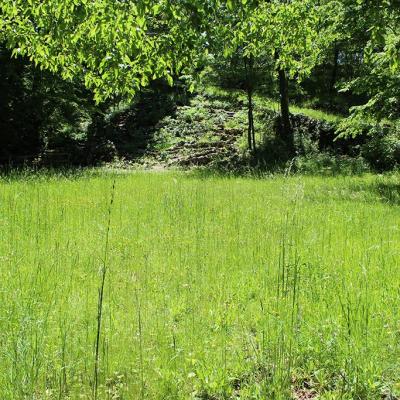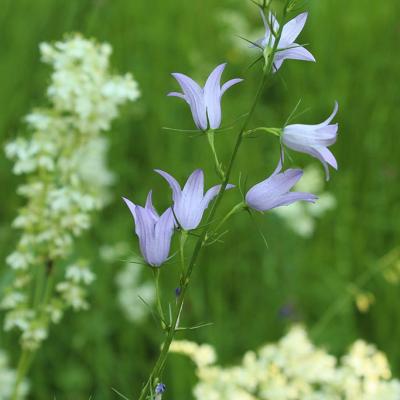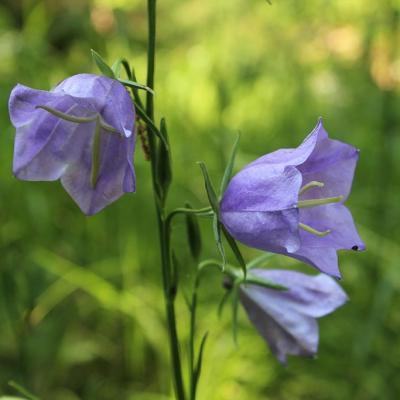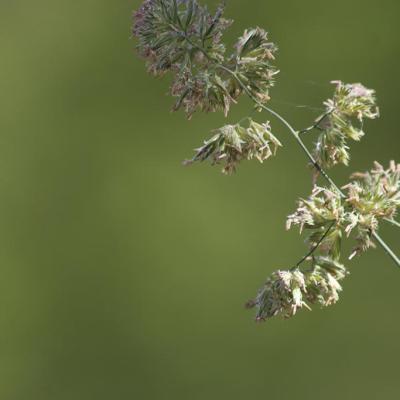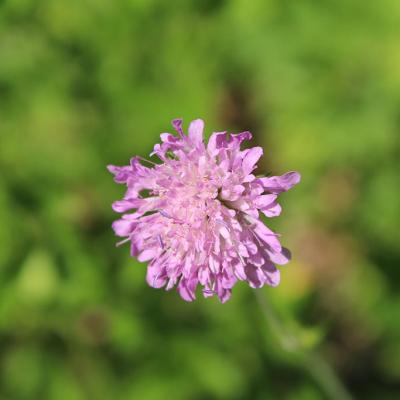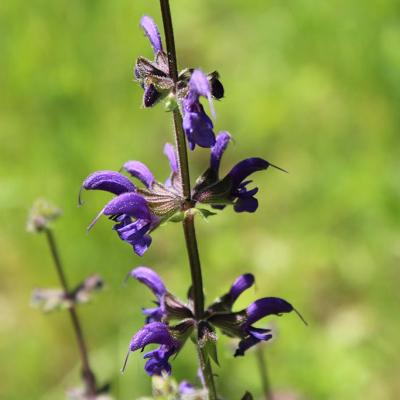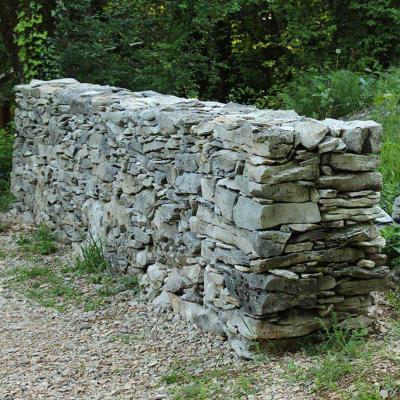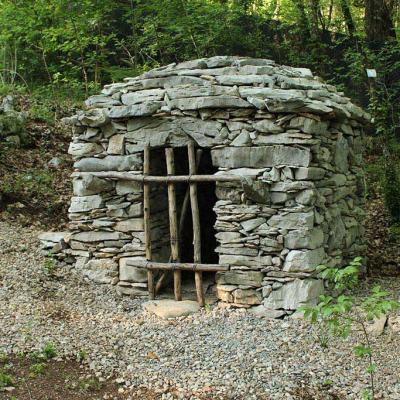Hay-meadow
A karst hay meadow is a specific type of meadow that grows on calcareous soils characterized by a richness of calcium carbonate. These meadows are typical of karst regions, which are characterized by porous and permeable soils, often associated with karst phenomena such as sinkholes, caves and springs. Proper management of a karst hay meadow requires attention to the conservation of endemic species, the prevention of the invasion of alien plants and the limitation of overgrazing, as well as the regulation of cutting or grazing to ensure the achievement of a balance between biodiversity and landscape conservation.
In the Karst area we find rather xeric (dry) hay meadows that develop in flat areas, on deep soils with a maximum concentration in the vicinity of villages. This main type is accompanied by the cooler and mesic (moderately damp) aspect of the sinkhole floors on deep accumulations of terra rossa. The typical appearance of the plateau has been described as an Anthoxantho-Brometum-erecti and almost represents a transition between a class of dy karst grasslands (Festuco-Brometea) and that of permanent meadows in the strict sense (Molinio-Arrhenateretea). The latest revision on this type of habitat attributes these meadows to this last class but with a strong presence of xeric species. The oat-grass associations of the sinkholes (such as that of Carsiana) on the other hand lose many of the more xeric species and are enriched with typically mesophilic species, such that theyare referred to the subassociation. holcetosum lanati of the association Centaureocarniolicae-Arrhenatheretumelatioris, present throughout northern Italy.
At the Friuli Venezia Giulia Region habitat level, for management coherence, both are kept within PM1. In any case, these are grasslands that are regulated by mowing and by the possible enrichment by nutrients (animal fertilization) and which are in different states of conservation. In fact, only those closest to the Karst villages and therefore easily accessible are still subject to mowing today and this allows for a correct floristic composition and a relationship between the species guaranteed by competitive phenomena. The small strips within the floors of the sinkholes, on the other hand, are often found in the scrubbing-over phase by Prunus spinosa. In some cases these meadows are subjected to horse grazing and it becomes very difficult to identify the original flora and guarantee its attribution to PM1. Among the most significant hay meadow systems, we can mention those of Draga Santa Elia, Basovizza, Gropada, Trebiciano, Opicina Campagna, Zolla di Monrupino, Rupingrande, Sgonico, Malchina, Ceroglie, and the area of the Vallone of Gorizia (Oriolo et al., 2009).
The 2023 season brought an important novelty to Carsiana. Two very special constructions now enrich the already magnificent landscape of Carsiana. The skilled hands of Vojko Ražem, an expert builder of dry stone walls and "hiške", who uses the ancient traditional construction techniques without binding materials and respecting the typical forms of the buildings of the Trieste Karst, have given us two new elements in Carsiana. In fact, at the bottom of the sinkhole there is now a dry stone wall and a "hiška", typical elements of the Karst which, with their presence, tell of the intimate connection between the landscape and the traditional uses of the area by people.
In the Karst area we find rather xeric (dry) hay meadows that develop in flat areas, on deep soils with a maximum concentration in the vicinity of villages. This main type is accompanied by the cooler and mesic (moderately damp) aspect of the sinkhole floors on deep accumulations of terra rossa. The typical appearance of the plateau has been described as an Anthoxantho-Brometum-erecti and almost represents a transition between a class of dy karst grasslands (Festuco-Brometea) and that of permanent meadows in the strict sense (Molinio-Arrhenateretea). The latest revision on this type of habitat attributes these meadows to this last class but with a strong presence of xeric species. The oat-grass associations of the sinkholes (such as that of Carsiana) on the other hand lose many of the more xeric species and are enriched with typically mesophilic species, such that theyare referred to the subassociation. holcetosum lanati of the association Centaureocarniolicae-Arrhenatheretumelatioris, present throughout northern Italy.
At the Friuli Venezia Giulia Region habitat level, for management coherence, both are kept within PM1. In any case, these are grasslands that are regulated by mowing and by the possible enrichment by nutrients (animal fertilization) and which are in different states of conservation. In fact, only those closest to the Karst villages and therefore easily accessible are still subject to mowing today and this allows for a correct floristic composition and a relationship between the species guaranteed by competitive phenomena. The small strips within the floors of the sinkholes, on the other hand, are often found in the scrubbing-over phase by Prunus spinosa. In some cases these meadows are subjected to horse grazing and it becomes very difficult to identify the original flora and guarantee its attribution to PM1. Among the most significant hay meadow systems, we can mention those of Draga Santa Elia, Basovizza, Gropada, Trebiciano, Opicina Campagna, Zolla di Monrupino, Rupingrande, Sgonico, Malchina, Ceroglie, and the area of the Vallone of Gorizia (Oriolo et al., 2009).
The 2023 season brought an important novelty to Carsiana. Two very special constructions now enrich the already magnificent landscape of Carsiana. The skilled hands of Vojko Ražem, an expert builder of dry stone walls and "hiške", who uses the ancient traditional construction techniques without binding materials and respecting the typical forms of the buildings of the Trieste Karst, have given us two new elements in Carsiana. In fact, at the bottom of the sinkhole there is now a dry stone wall and a "hiška", typical elements of the Karst which, with their presence, tell of the intimate connection between the landscape and the traditional uses of the area by people.

